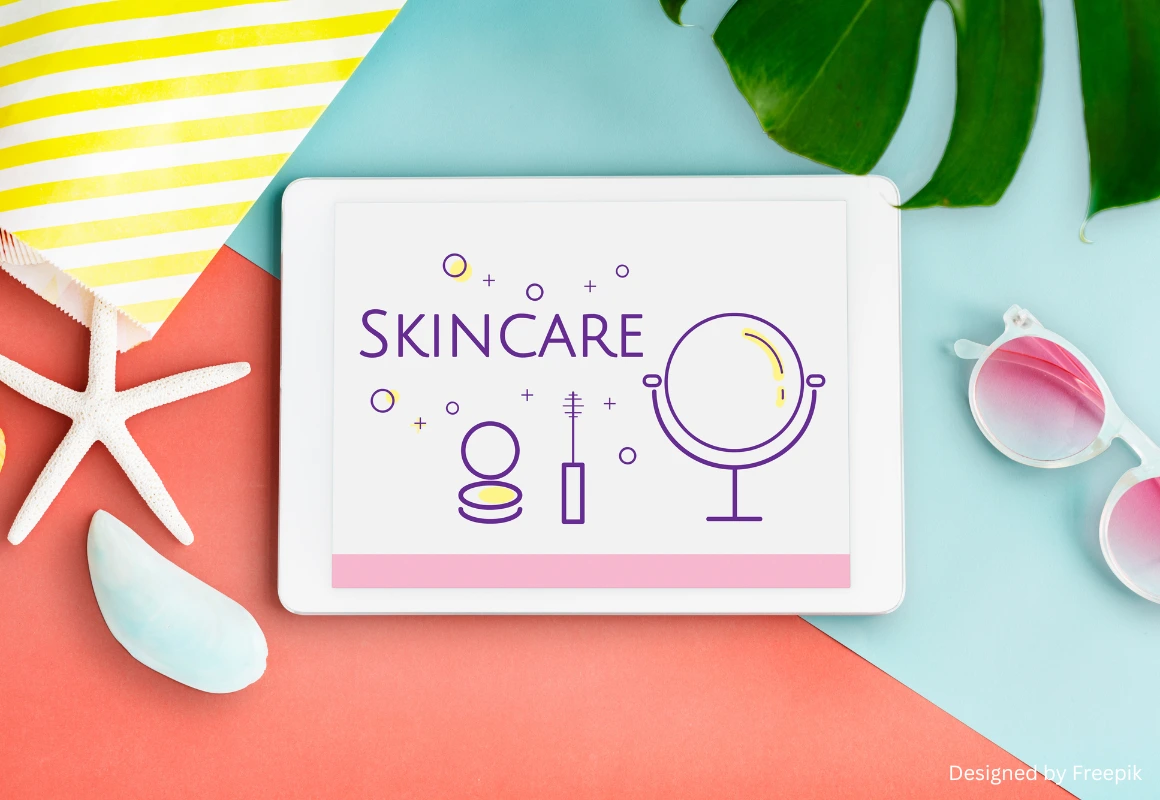Facial Foam: How It Transforms Your Skin care Routine

What is Facial Foam?
Facial foam is a product used to cleanse the skin by washing away dirt, excess oil, dead skin cells, and makeup residue. Cleansing is a key step in keeping your skin clean, refreshed, and ready to absorb other products effectively. Facial foams usually come in a creamy texture that foams up when in contact with water. This soft foam helps gently remove dirt and oil from your skin without stripping away moisture.
How to Choose the Right Facial Foam for Your Skin Type
Choosing the right facial foam depends on your skin type to avoid irritation or other skin issues. Here’s how to select the best option:
● Oily Skin: Opt for foams that control oil production or contain ingredients like green tea extract or tea tree oil, which help reduce excess oil and leave your skin feeling clean and fresh.
● Dry Skin: For dry skin, choose foams with moisturizing ingredients like hyaluronic acid, ceramides, or glycerin. These help retain moisture and protect your skin from dryness after washing.
● Combination Skin: For combination skin, consider that the T-zone (forehead and nose) tends to be oily, while the cheeks are drier. Choose a product that balances oil control while maintaining hydration, such as foams with natural or gentle formulas.
● Sensitive Skin: Look for foams free of harsh chemicals like fragrance, alcohol, or sulfates, which can cause irritation. Products with a pH close to the skin and calming ingredients like chamomile or aloe vera are ideal.
Proper Steps for Effective Face Cleansing
Following the right technique is important to prevent irritation or other skin problems. Here are the recommended steps:
● Wash Hands Thoroughly: Clean your hands first to prevent transferring dirt to your face.
● Use Warm Water: Warm water helps open pores and makes it easier to remove dirt.
● Use a Proper Amount of Foam: Squeeze about the size of a 5-baht coin of facial foam onto your palm, then rub your hands together to create foam.
● Gently Massage Your Face: Use your fingertips to gently massage your face in circular motions, focusing on the oilier areas like the forehead, nose, and chin.
● Rinse with Cold Water: After massaging, rinse off the foam with cold water to close pores and refresh your skin.
● Pat Dry with a Clean Towel: Avoid rubbing your face too hard. Instead, gently pat your face dry with a soft towel to prevent irritation.
Benefits of Using Facial Foam
● Removes Dirt and Excess Oil: Facial foam deeply cleanses your skin, helping to remove oil, dirt, and makeup residue.
● Prevents Acne: Regular cleansing with the right facial foam helps prevent clogged pores, which are a major cause of acne.
● Boosts Blood Circulation: Gently massaging your face while cleansing stimulates blood circulation, making your skin look more radiant.
● Prepares Skin for Moisturizing: Clean skin with unclogged pores allows better absorption of creams or serums, making your skincare routine more effective.
Additional Tips
● Cleanse your face twice a day, in the morning and before bed, to remove dirt and oil buildup from the day.
● Avoid over-cleansing as it can strip your skin of its natural moisture.
● f you wear makeup, use a cleansing product to remove it before washing your face with foam to ensure complete cleanliness.
Proper skin care starts with effective cleansing. Choose a facial foam that suits your skin type to maintain long-term skin health. Remember to cleanse your face regularly to keep it bright and free from impurities!
● Czajkowska, A., & Plichta, A. "The role of cleansing in the treatment of acne vulgaris." Postępy Dermatologii i Alergologii, 36(3), 246-252.
● Draelos, Z. D. "The science behind skin cleansing." The Journal of Clinical and Aesthetic Dermatology, 9(5), 28-36.
● Matsumoto, M., & Nishimura, K. "Cleansing behavior and factors influencing skin condition." International Journal of Cosmetic Science, 39(4), 351-358.
.webp)
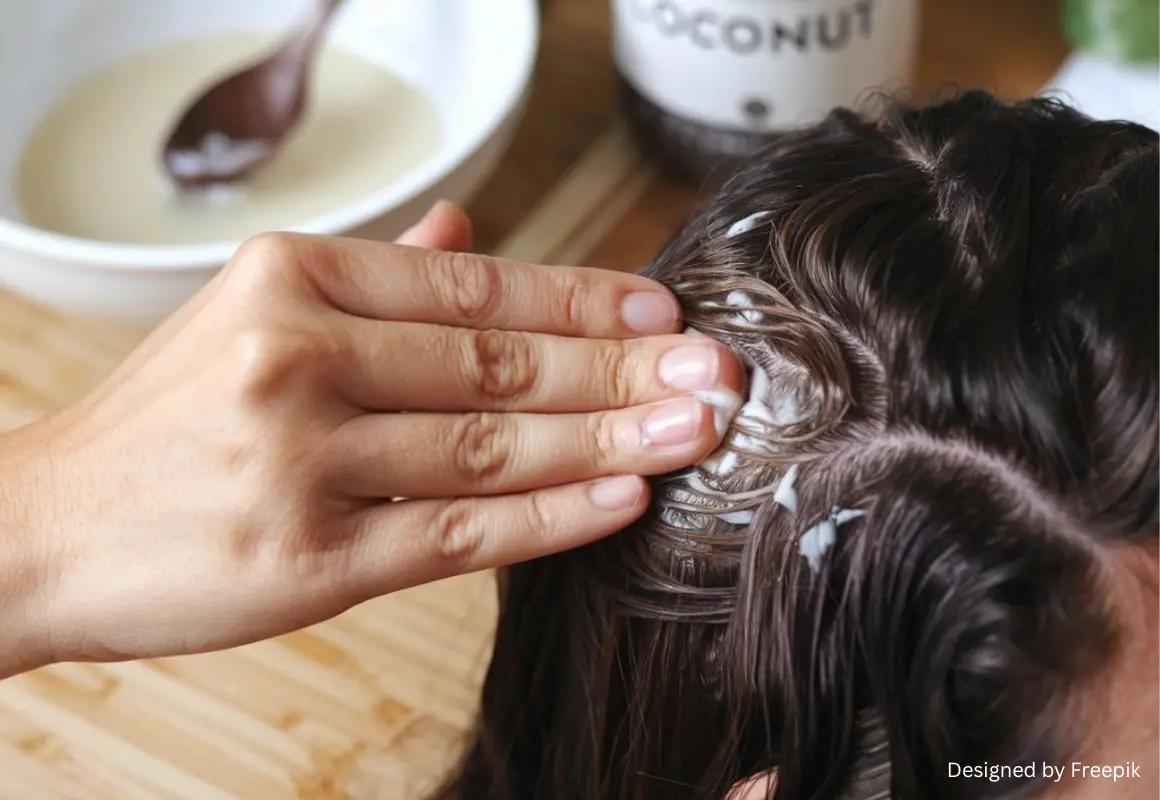

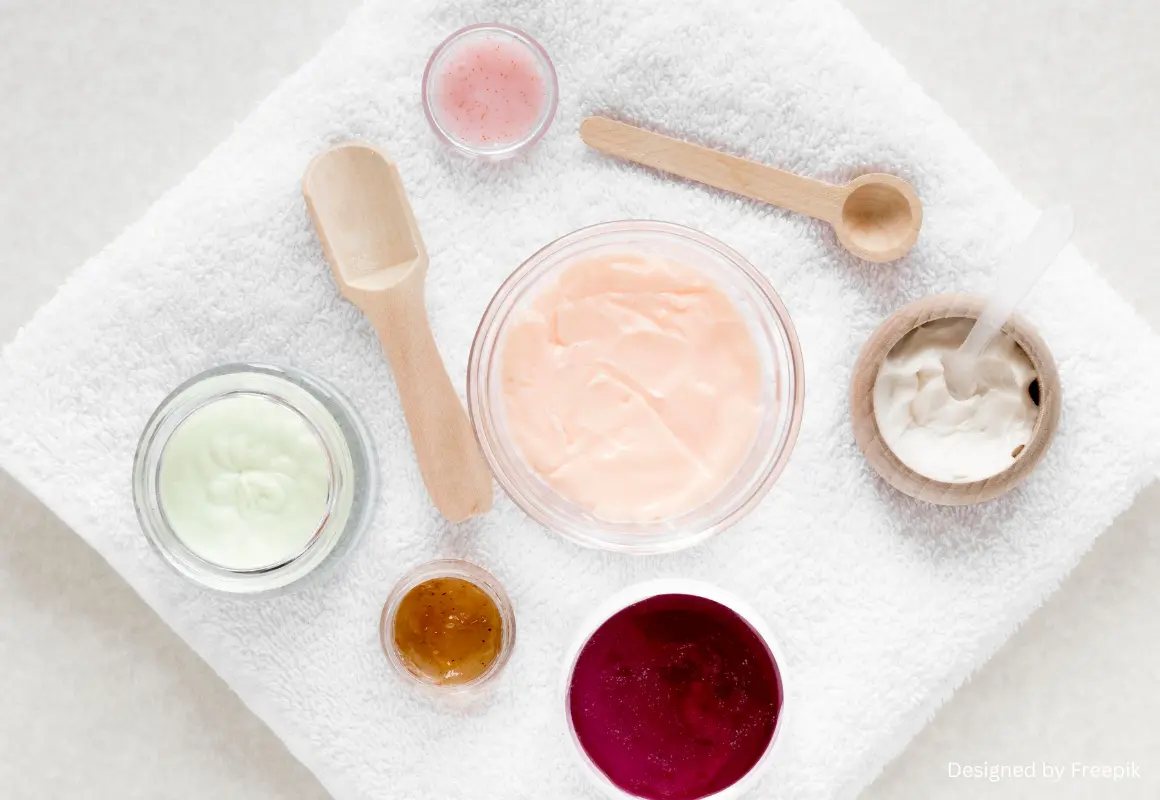
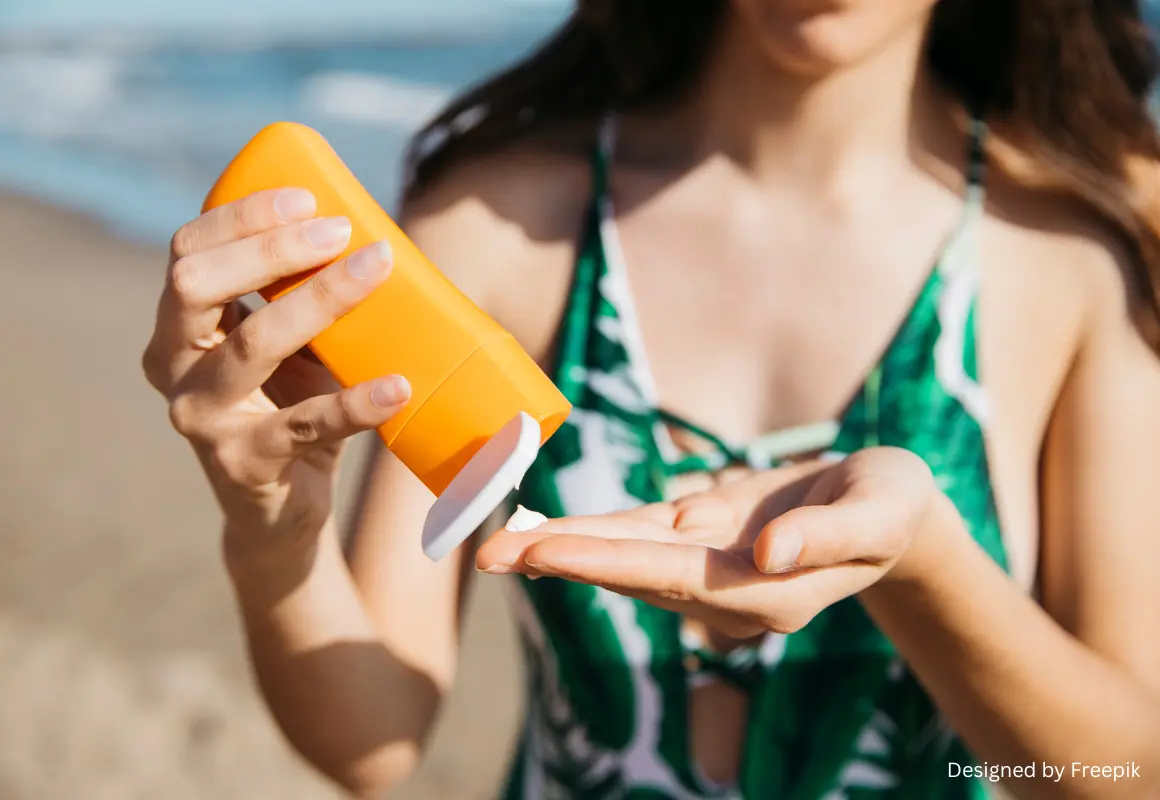


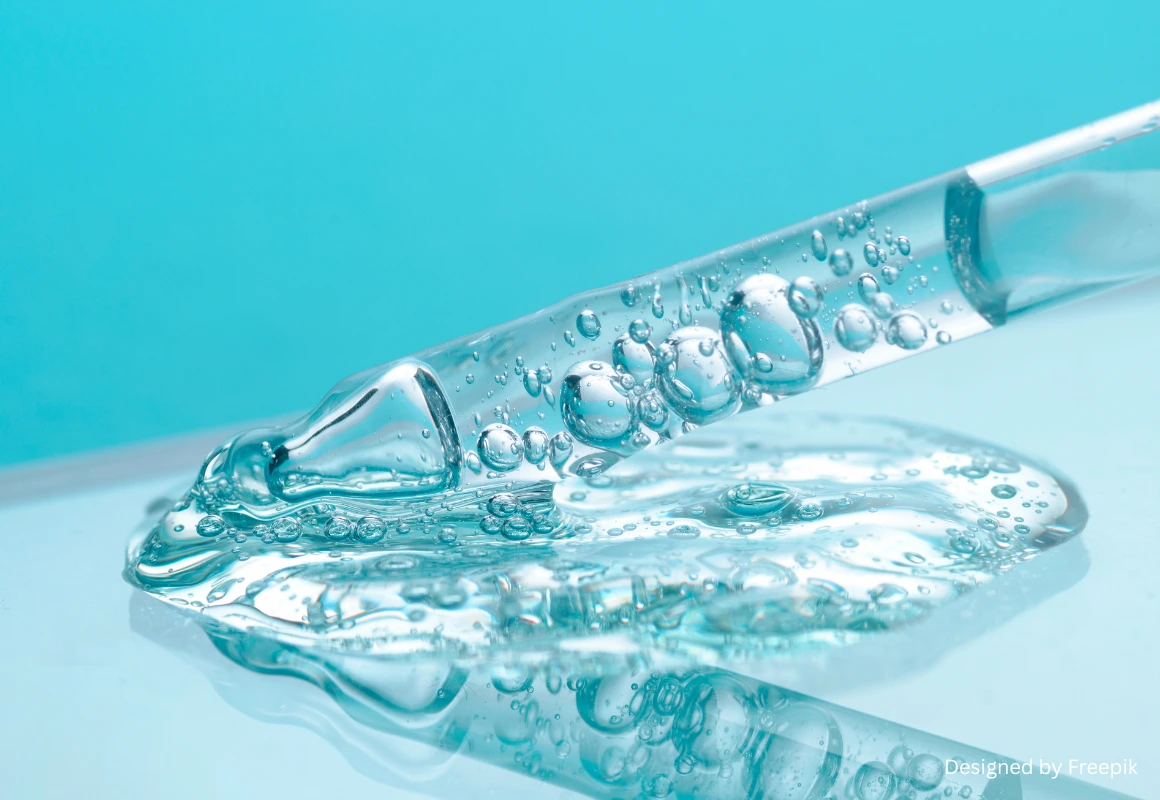
.webp)

